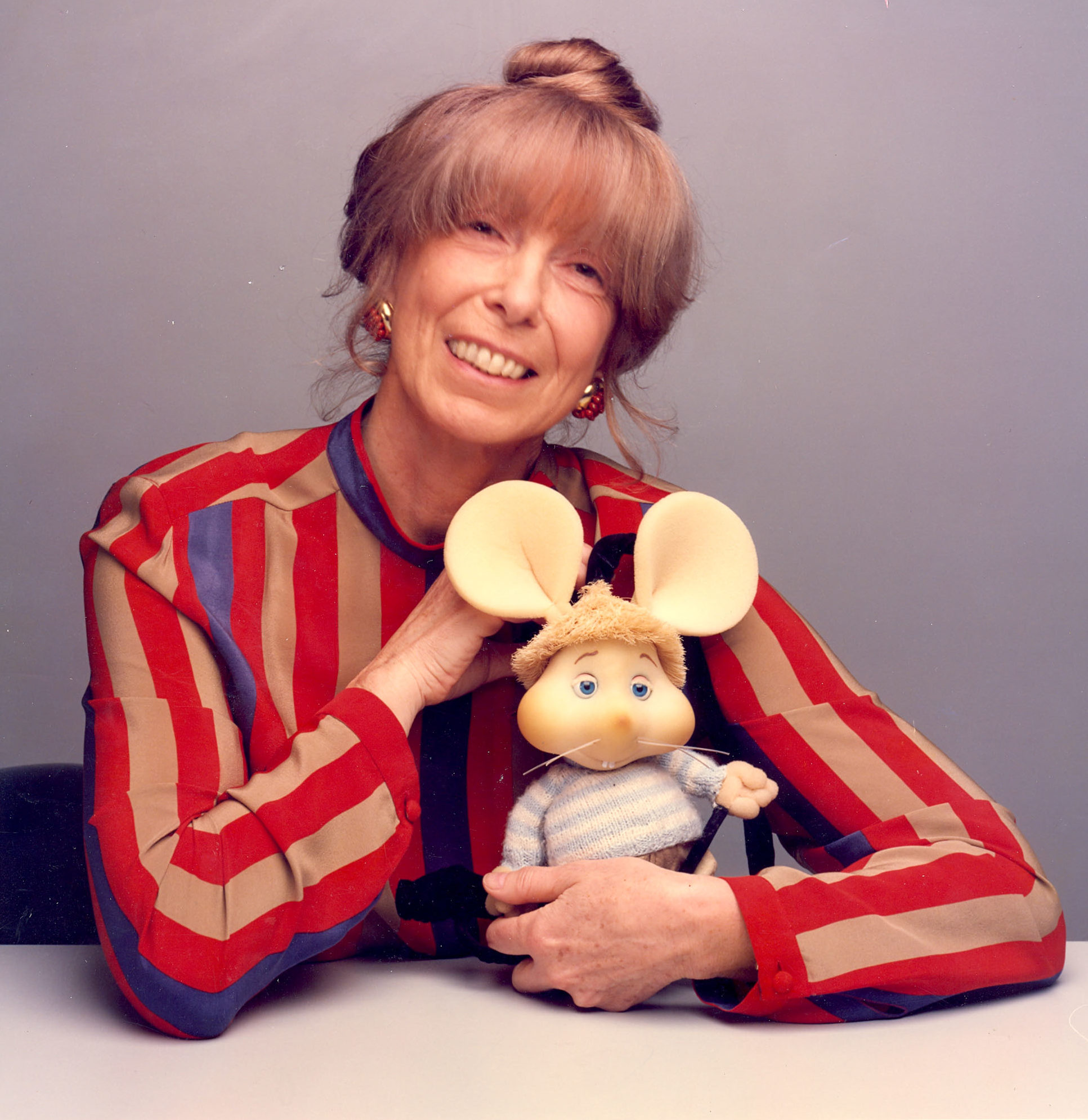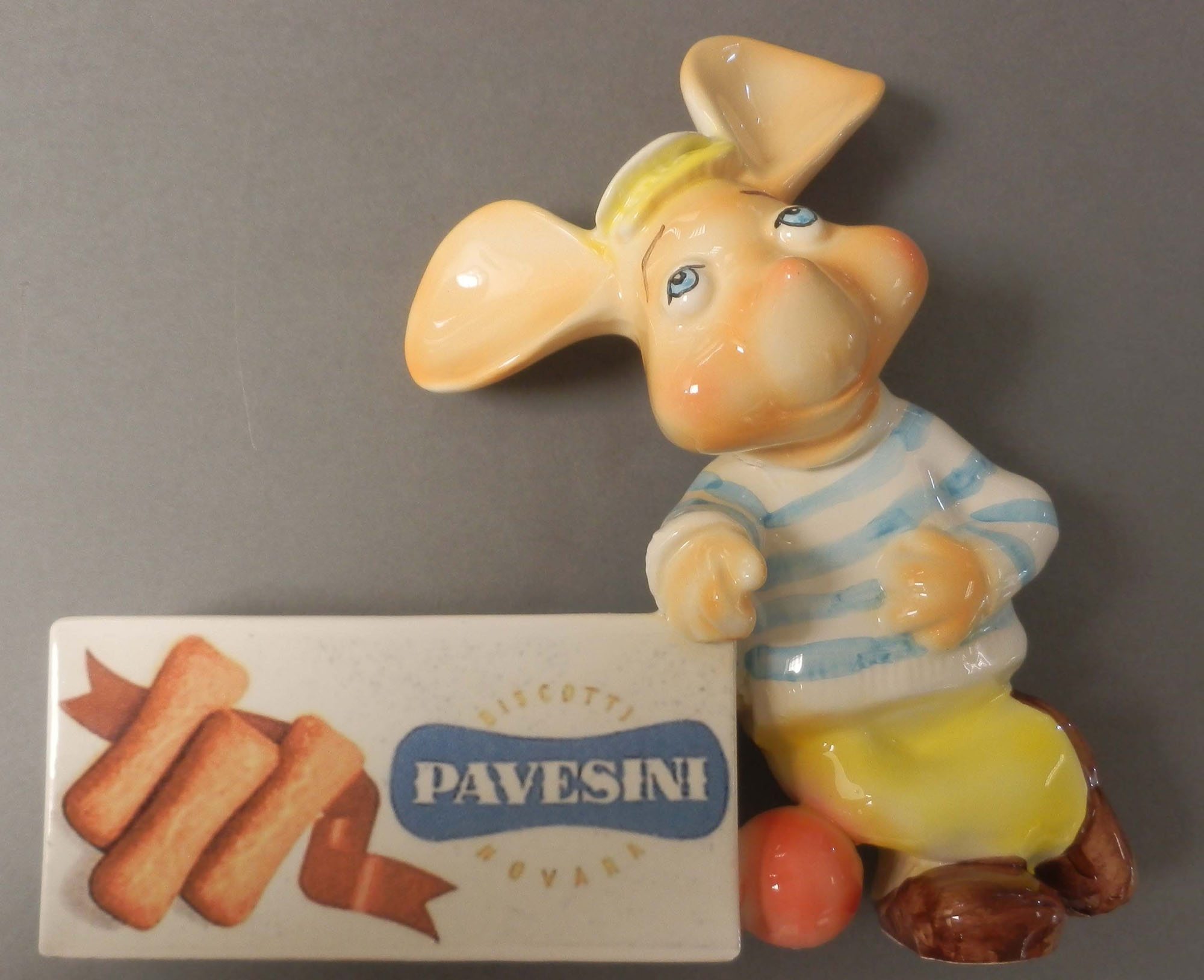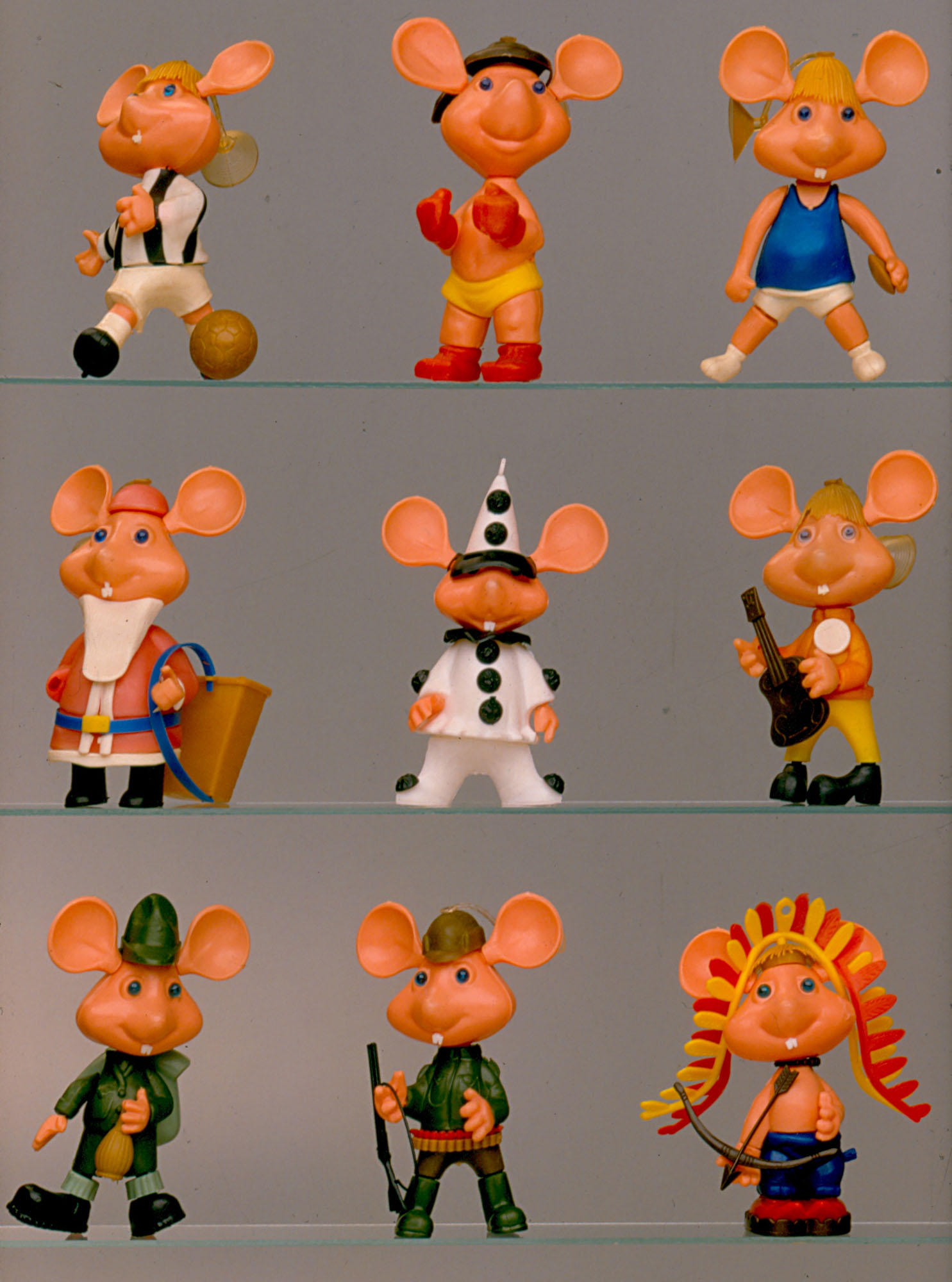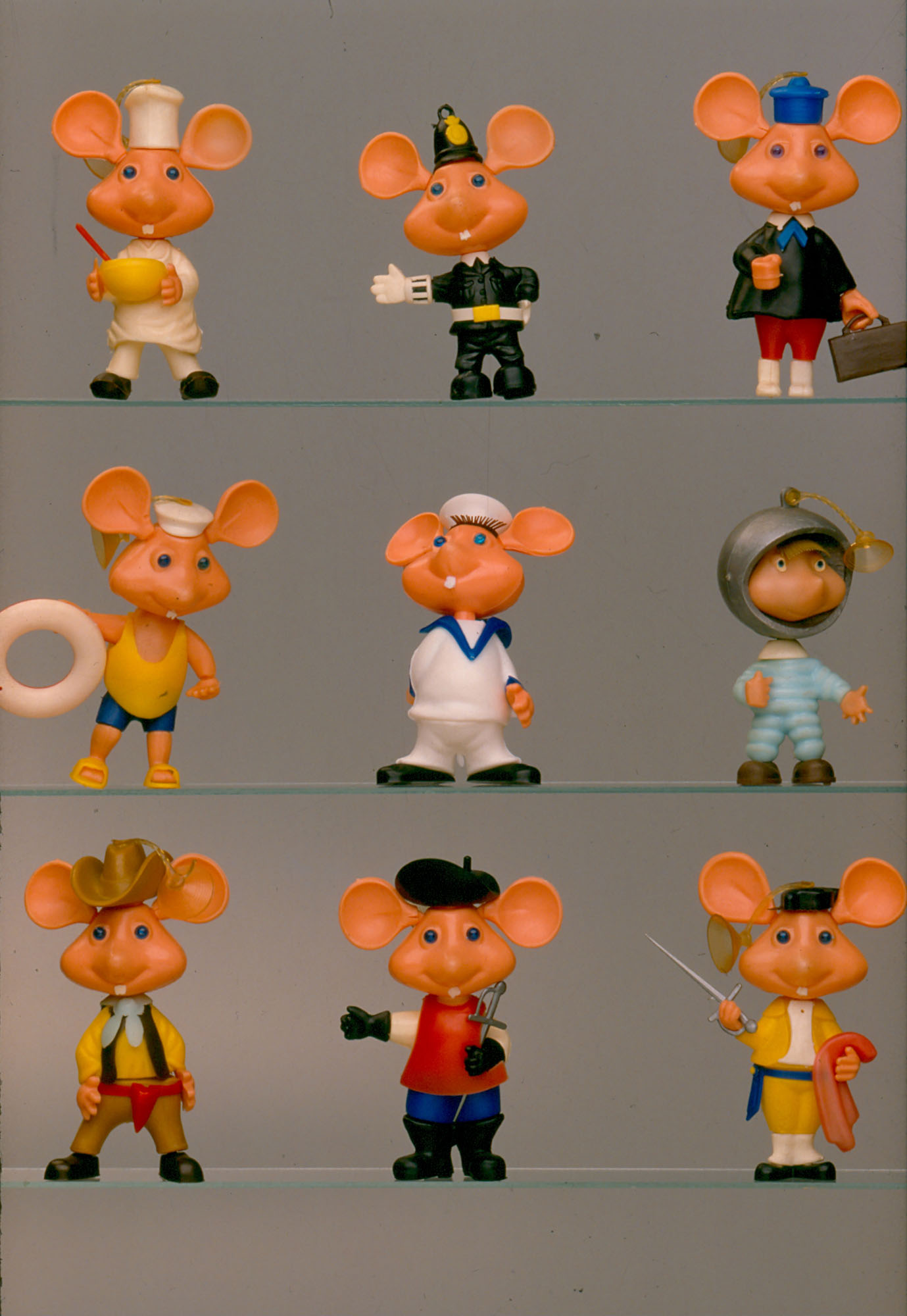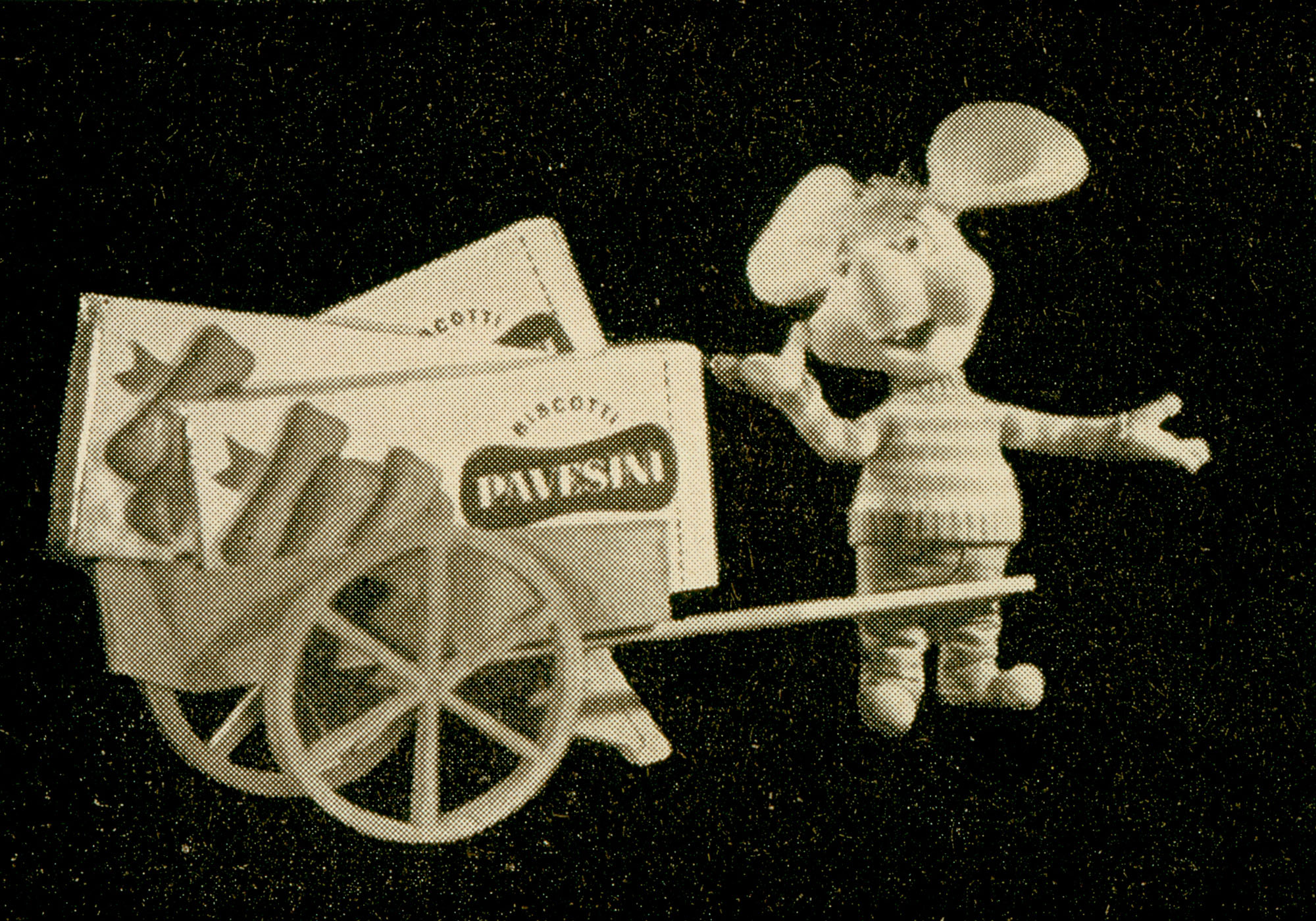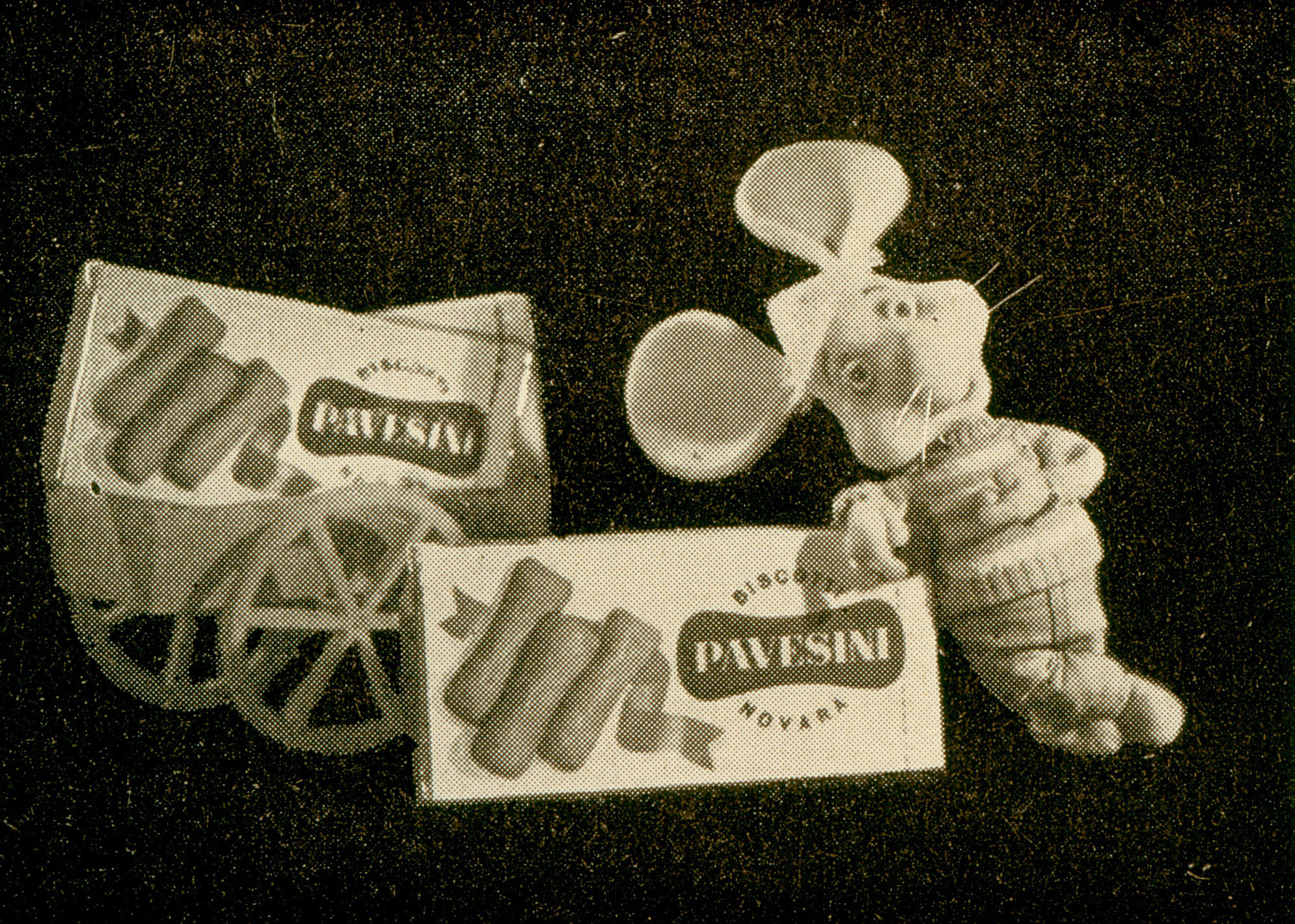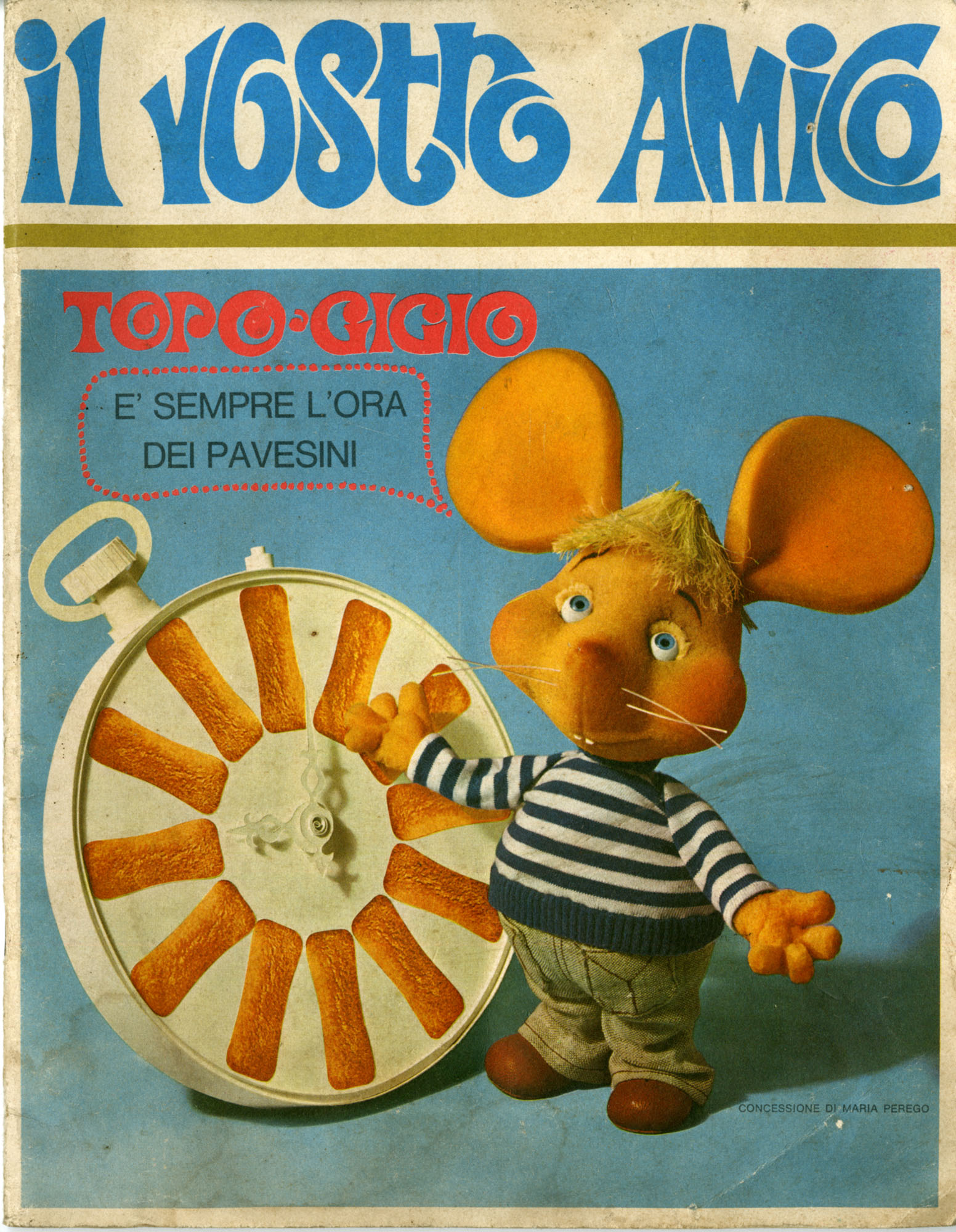Maria Perego and Topo Gigio
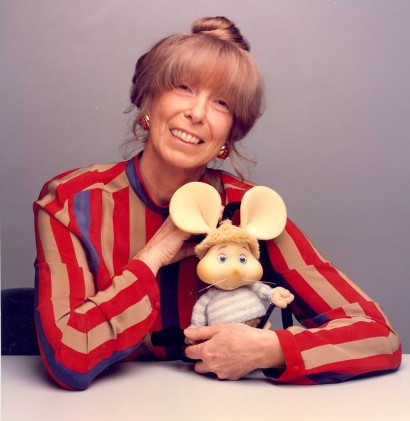
Maria Perego and Topo Gigio
Gian Paolo Ceserani
The simple list of Maria Perego’s successes – the countries in which she has presented her shows, the 2,400 broadcasts on RAI television and the hundreds on other networks all over the world, the films and their theater versions, the awards received, the publications, the books, records – is a long and thick list that would take pages and pages of thickly written text.
Maria Perego is therefore one of the “sacred monsters” of modern communication, and her most important creation, Topo Gigio, has been included among the world’s leading stars, chosen for the commemoration of the European Parliament.
How was Topo Gigio born? From an unusual technique, which is that of puppets (which are not marionettes, neither hand puppets) operated by the animator on a black background. In 1961 Gigio made his debut on television, and immediately became a winner because of his liveliness, his movement, his verisimilitude. He was loved by adults and children; and was also loved by Mario Pavesi.
In 1963 Maria Perego received the visit of the great industrialist: “I was struck by his good nature, his simplicity. He did not summon me, as it would have been logical: he came to me directly “. Pavesi had a leader in the house, the Pavesini, and was looking for a leader for the Caroselli (a TV show featuring advertisement spots).
The Mouse did not disappoint him. The success was immediate, and Mario Pavesi was the first to be featured as a guest on the show: “He intervened, he discussed, he liked the spirit of the set. It was a new world for him”, recalls Maria Perego. The RAI, however, that considered Topo Gigio its own creation, did not take it too well: now the formidable mouse was tied to the Pavesini double thread, and “Mamma Rai” was forced to accept it.
The team that guaranteed the success of the character was composed, alongside with Perego, by Federico Caldura and Peppino Mazzulla, who gave him the famous scuffed voice. But also Terzoli and Vaime made an important contribution.
Topo Gigio is a multi-purpose stage character: he plays dozens of characters over the years, and he performs with great success as a singer. It is he, from the beginning, who sings the biscuit jingle; famous are his interpretation of the “Sveglietta” (the small alarm clock song) by Modugno and especially the sketch in which, paraphrasing even Petrolini, he performs “I bought the Pavesini and I am proud of it…” [1]
In the gallery of characters we remember, there is a 1963 Compare Turiddu [2] that drives the director crazy with a thousand pretexts; then, the following year, Gigio is a “histrionic” singer who wants to be asked to perform; we find him twice in car adventures (in 1965 and in 1966), with his mini-car, while he exhibits a mini-license to the policeman and, in place of the triangle, shows a circle.
The Mouse regularly creates frustration in the partners of the scene, with its sly and thick as molasses moves; but once (1966) he gets hurt, because he turns to his union (!) and meets two well intentioned ladies who first want to clean him up, with showers, baths, Finnish saunas and Swedish gymnastics and in the end, poor Topo Gigio has nothing left but to take refuge on a roof, in the company of a chimney sweep, and … get dirty a little again.
Topo Gigio remains loyal to the Pavesini until the end of the Carosello show. His adventures perfectly reflect the tics and fashions of the various moments. He becomes, for example, a secret agent by the name “Zero Zero Comma” at the time of Bond’s fame, then he is about to be enlisted in a gangster band after an exhilarating performance of the secret word to get in, that is “boiled potato”; then he plays in a theater, courts with serious marriage intentions a certain Magnolia accompanying the game of “Raschiaquattro” (1971) [3], takes a driving school exam and then destroys a wall because of his lack of skills, and in one of the last appearances (1976) he returns to his beginnings, tormenting one of his actor friends by continually interrupting a scene. Then Topo Gigio became international. Maria Perego brought him first to England and then to the United States. Success accompanied him: he was the protagonist of two great shows, the British ATV and the famous Ed Sullivan Show in the U.S.A., where he remained among the protagonists for seven years.
It was then the turn of Japan, Argentina, and Brazil. In many countries Topo Gigio performs in evening shows thought for a public of grown ups. The list of triumphs is endless, and is destined to become longer: the story continues indeed. As continues the story of Pavesini.
[1] Ettore Petrolini (1884-1936), is considered one of the foremost personalities of Italian culture, early films and theater between the 1800s and the 1900s. His songs and theater pieces were extremely alive in Italian culture for a long time, and the original title of the song paraphrased by Topo Gigio is: “Ho comprato i salamini e me ne vanto” – “I bought sausages and I am proud of it”, a humorous text in which he makes fun of a young simpleton who just got married.
[2] Compare Turiddu is the main character of Cavalleria Rusticana, the Verism opera by Pietro Mascagni, and ends up being assassinated by his lover’s husband.
[3] Raschiaquattro was a popular game launched by Pavesini where you had t o scratch a card to discover winning numbers. It was a lottery of the Pavesini company.
